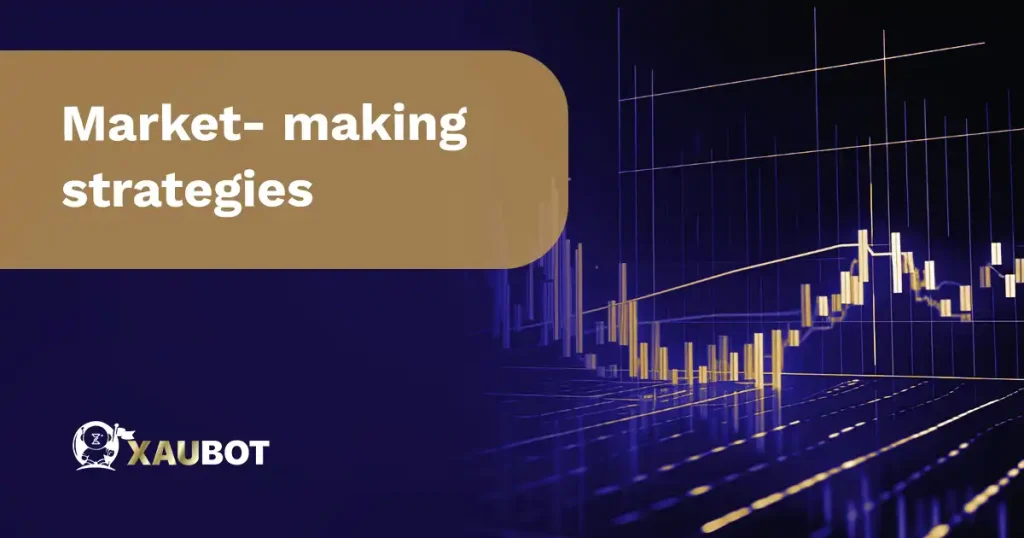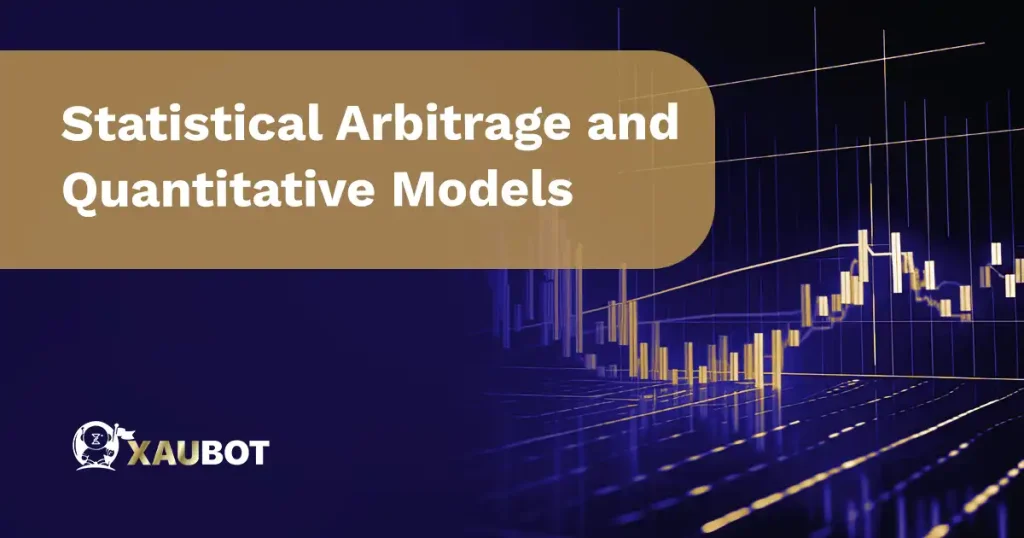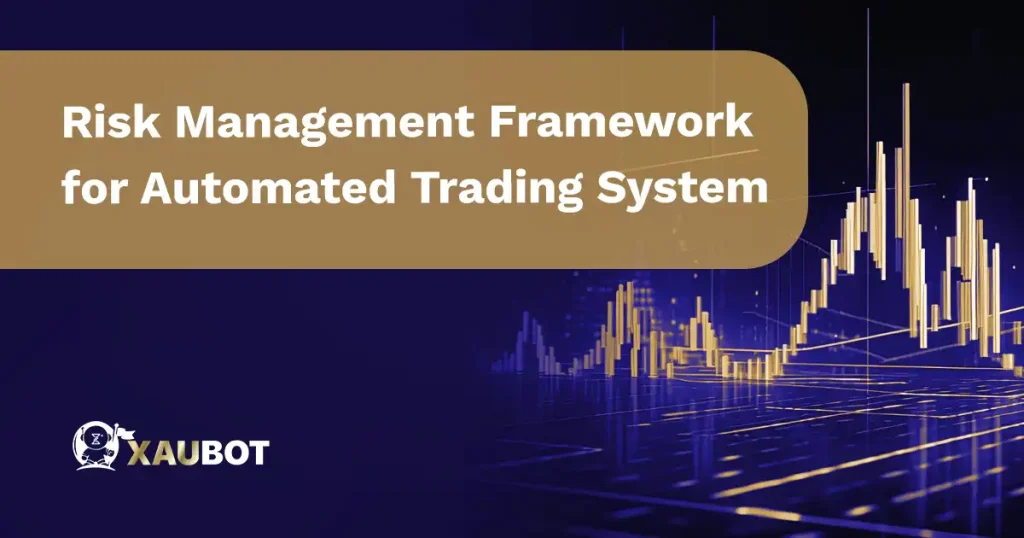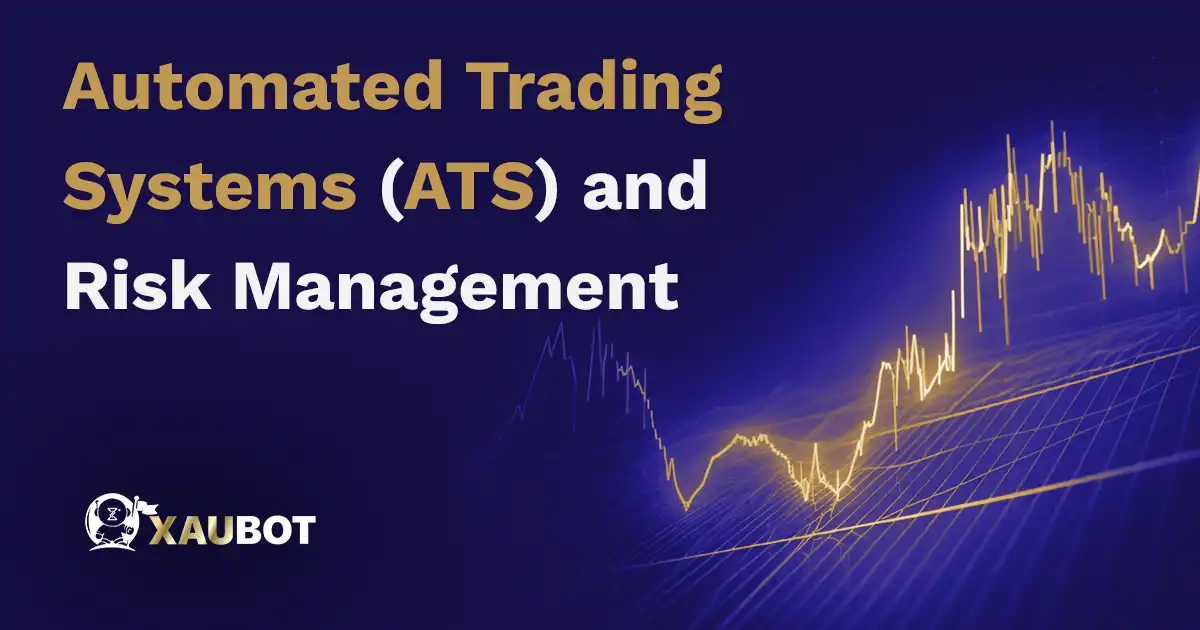This article delves into the relationship between automated trading systems (ATS) and effective risk management in financial markets. The landscape of trading strategies and execution has been revolutionised by automated trading, which is powered by algorithms and technology.
This viewpoint discusses the advantages and disadvantages of ATS and goes into the crucial role risk management plays in guaranteeing its effectiveness. The study intends to provide insights into how automated trading systems might be enhanced risk mitigation and overall market stability and study the industry practices and technical improvements.
What are Automated Trading Systems? (ATS)
An automated trading system (ATS) is computer software that executes transactions in financial markets without human intervention. These systems are growing more popular as they provide several advantages over traditional manual trading.
Also read: Xaubot lifetime
Automated Trading Systems: Mechanisms and Strategies
Algorithmic Trading and High Frequency Trading
- Market data feeds: To make trading decisions, ATS must have access to real-time market data. This information is usually provided by exchanges or data suppliers.
- Algorithms: Algorithms are employed in ATS to detect trading opportunities and execute transactions. These algorithms might use either technical or fundamental analysis, or a combination of the two.
- Execution platforms: To execute transactions, ATS must be able to connect to a trading platform. A broker or a third-party vendor can supply this platform.
- Risk management: To protect against losses, ATS should contain risk management approaches. Stop-loss orders, position, size, and money management are the examples.
Algorithmic trading and high-frequency trading are both types of automated trading in which deals are executed using computer algorithms.
Differences between the two:
- Algorithmic trading is a broad word that refers to automated trading that makes trading choices using an algorithm. Trading methods based on technical analysis, fundamental analysis, or a combination of the two are those examples.
- High-frequency trading is a subset of algorithmic trading in which trades are executed in milliseconds or even microseconds using extremely fast algorithms. It enables high-frequency traders to profit from minor price differences between marketplaces or to capitalize on short-term market changes.
Illustrating the fundamental distinctions between algorithmic trading and high-frequency trading:
| Feature | Algorithmic Trading | High Frequency Trading |
| Speed | Varies, but usually slower than high-frequency trading | Extremely quick, commonly measured in milliseconds or microseconds |
| Strategies | Can employ a number of tactics, such as technical analysis, fundamental analysis, and statistical arbitrage. | Technical analysis is typically used to identify short-term price differences. |
| Cost | It might be costly to develop and maintain. | It is highly costly to generate and maintain. |
| Risk | Can be harmful since you can lose money rapidly if the market swings against you. | Very harmful, as you might lose money even if the market swings in your favor. |
Market- making strategies

- Trend trading: Trend trading is a method that involves following the market’s overall trend. Technical analysis is beneficial to place support and resistance levels, trend lines, and other indicators.
- Range trading: is a method that entails trading within a specified price range. It can be achieving by employing technical analysis to determine support and resistance levels, and then entering and leaving trades depending on these levels.
- Scalping is a trading strategy in which a large number of small trades are executed in a short period of time. It can be accomplished by employing technical analysis to detect minor price movements and then entering and leaving trades based on these moves.
- Day trading is a method that entails buying and selling shares on the same day. It can be accomplished by employing technical analysis to identify short-term price fluctuations and then entering and quitting trades in response to these moves.
- Swing trading is a strategy that entails holding possessions for several days or weeks. It can be accomplished by employing technical analysis to identify medium-term price fluctuations and then entering and leaving trades in response to these moves.
- Position trading is a strategy that entails maintaining possessions for several months or even years. It will performed by employing fundamental analysis to identify securities that are undervalued or overvalued, and then entering and exiting transactions based on these valuations.
The ideal market trading technique for you will be determined by your trading style, risk tolerance, and financial objectives. Before you start trading with real money, you should do a thorough research and backtest several techniques.
Statistical Arbitrage and Quantitative Models

- Statistical arbitrage is a quantitative trading approach that aims to profit from short-term market mispricing. It is practiced by employing statistical models to discover stocks that are momentarily mispriced concerning one another. Once mispricing has been detected, statistical arbitrageurs will often enter a trade that will profit from the mispricing once it has been corrected.
- Quantitative models are employed in statistical arbitrage to uncover mispricing in many ways. Mean reversion models are one popular strategy. Mean reversion models presume that securities revert to their historical averages over time. If a securities is trading below its historical average, a mean reversion model may suggest that the security is temporarily mispriced and will likely climb in price in the near future.
Things to consider using statistical arbitrage and quantitative models:
- Data: is essential for statistical arbitrage and quantitative models. It is critical to employ high-quality, accurate, and up-to-date data.
- Modeling: The statistical arbitrage and quantitative trading models are sophisticated and hard to understand. It is critical to use models that have been thoroughly verified and validated.
- Backtesting: Any statistical arbitrage or quantitative trading method should be back tested before being used in real markets. It will assist you in identifying potential dangers and fine-tuning the plan.
- Risk management is essential when utilizing statistical arbitrage or quantitative trading. It will assist you in limiting your losses if the approach does not perform as intended.
Risk Management Framework for Automated Trading System

Types of Risks in Automated
Most of the common types of risks associated with Automated Trading:
- Algorithmic errors: ATS are programmed by humans, they are vulnerable to algorithmic errors. If these faults are not detected and remedied, they can result in losses.
- Market volatility: ATS may be negatively impacted by market volatility. If the market changes too quickly, the ATS may be unable to react in time, resulting in missed trading chances or losses.
- Cyberattacks: ATS are connected to the internet, they are subject to cyberattacks. These attacks have the potential to compromise the ATS and result in losses.
- Overtrading: An ATS might be set to trade excessively frequently, resulting in losses. It is critical to limit the number of trades that the ATS can execute in a given period of time.
- Inadequate transparency: ATS might be hard to understand how they make trading decisions. It can make it difficult to assess and manage the hazards associated with the ATS.
- Regulatory risk: ATS is subject to regulatory scrutiny, and regulatory changes might have an impact on its performance. It is critical to understand the regulatory risks associated with ATS and to follow all applicable legislation
Tips for mitigating risk in automated trading:
- Use a reliable ATS provider: There are numerous ATS providers to choose from, and not all are equal. It is crucial to select a service with a strong reputation and a track record of success.
- Backtest the ATS: Before deploying an ATS in live markets, it is critical to test it against historical data. It will assist you in identifying potential dangers and fine-tuning the plan.
- Use stop-loss orders: Stop-loss orders are triggered when a security’s price hits a specific level. By automatically cancelling out a trade if the price swings against them, this serves to prevent traders from big losses.
- Use position sizing: Position sizing is the amount of capital assigned to each trade. Traders can control the amount of risk they take on each trade by employing position-sizing tactics.
- Monitor the ATS: It is critical to regularly monitor the ATS to ensure that it is working as planned. It includes monitoring the strategy’s performance, risk levels, and the market’s overall performance.
Benefits of Automated Trading Systems
- Automation: Automated trading systems (ATS) may automate the whole trading process, from spotting trading opportunities to executing transactions and monitoring risk. It allows traders to concentrate on other parts of their business or personal lives.
- Consistency: ATS has the ability to execute trades in a consistent and systematic manner. It is critical for avoiding emotional trading and rash conclusions.
- Speed: ATS can execute trades considerably more quickly than humans. It is crucial in today’s fast-paced markets, where milliseconds can be the difference between profit and loss.
- Precision: ATS can execute trades with great accuracy. It is critical for completing complex trades involving numerous marketplaces or instruments.
Final words: Automated trading systems (ATS) can be a valuable tool for traders, they are not without danger. Before utilizing ATS, it is important to understand the dangers and obstacles associated with them. Traders can avoid risks and challenges by knowing them and increasing their chances of success using automated trading.
